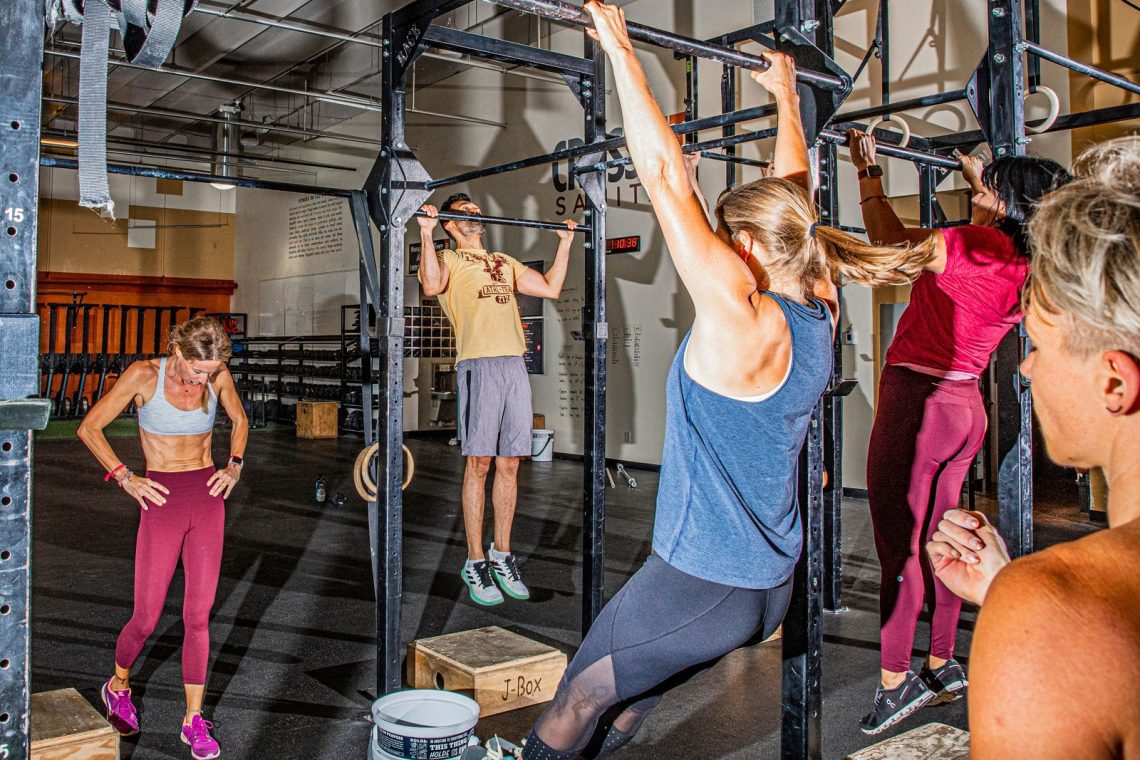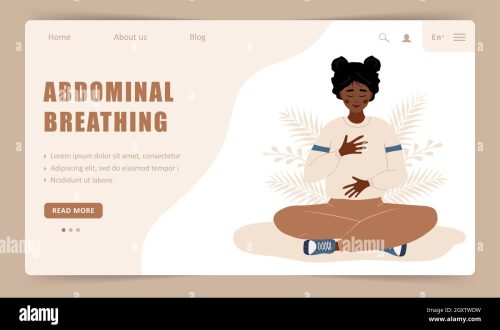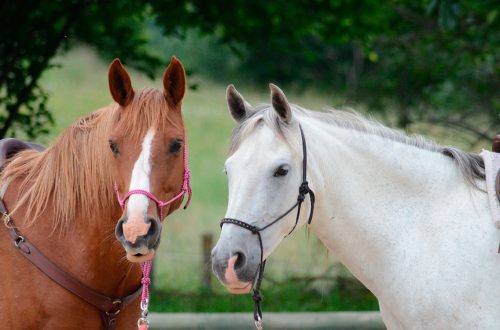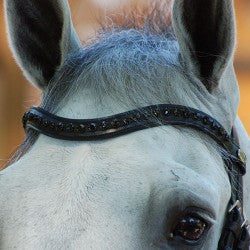
Crossfit for horses – through diversity to progress
Crossfit for horses – through diversity to progress
The daily routine is addictive, the monotony slows down development and progress. Cross-training (or cross-fit) the horse will help you step in the right direction. Not only does it keep the horse from getting bored and reduce the risk of injury from repetitive exercise. It will also contribute to the comprehensive development of the horse’s body.
Studies have shown that the emancipation of the horse and the improvement of its physical condition are directly related to the variety of its training, changes in types of activity. Cross training doesn’t have to be difficult or time consuming, but it should be consistent so that you can reap its benefits.
Benefits of Cross Training
A variety of movements and activities allows you to comprehensively develop the muscles of the horse, as a result of which they begin to work more efficiently. Mixed exercises provide an opportunity to pay attention to individual muscle groups. They also awaken the nervous system, which affects the muscle memory “habits”, resulting in improved horse movement.
Riding on different surfaces
One of the easiest ways to improve your horse’s fitness is to work regularly on different types of ground. This not only fine-tunes the horse’s proprioception (sense of body position, movement and balance), but also teaches him to use muscles and supporting soft tissues more effectively. Equine injury studies show that horses that consistently work on the same ground every day are more susceptible to limb disease and injury (especially those horses that train daily on the arena ground). The signals to the legs and muscles from repetitive movements become “boring”. Since the horse does not have to adapt to respond to changing ground underfoot, there is less use of his nervous system and the movement muscles that he controls. In other words, the horse is not getting as much benefit from his training as he could.
By alternating between work on the groomed ground of the arena and work in the field or on “hard” tracks, you help improve the work of the horse’s muscles.
Muscles get stronger in proportion to the amount of stress they receive. The same goes for bones. As a rule, deeper soil makes muscles stronger, and harder soil makes bones stronger. With access to different surface types, you can target both systems as needed. Most horses that, in addition to the arena work, take at least once a week walks in the field or forest can work without difficulty on various types of ground. If you’re limited by the playpen, get creative. You can:
before training and after it, walk along a hard path around the stable;
ride for 20 minutes on a grassy lawn;
to carry out a warm-up in a barrel or levada with types of soil that differ from the manege.
Adding a Landscape
The posture adjustments and stride changes that result from cross-country riding lead to impressive results, including stronger abs, straighter movement, and improved balance, flexibility, and coordination. A well-planned training program includes at least one day per week of riding on rough terrain.
Many riders mistakenly believe that they need access to steep hills (this is the only way they can make the horse stronger). However, the truth is that one hour of walking and trotting over hilly terrain strengthens all the chains of muscles in the horse that create movement. The extensor muscles work when moving uphill, the flexor muscle chains work when moving downhill. Thus, going up and down small hills will give you more advantages than working up and down steep slopes.
Use of poles lying on the ground
Riders who do not have access to rough terrain may find a good alternative to pole work in all gaits (do not favor only the trot or only the canter). For basic fitness support, pole exercises don’t have to be difficult. The horse does not need to be overloaded. Your goal is to teach her to maintain straightness and balance. Below are some of my favorite pole exercises.
1. Snake on poles
Arrange several poles in a line. Following the trajectory of the snake, move along the line with an energetic step, remembering to change the flexion with each loop. This exercise strengthens the hip flexors and stabilizers, chest muscles, and muscles that are involved in lateral movements.
2.Basic square
Arrange four poles in a square shape (2,45 m poles are best). If necessary, raise the poles using blocks or stands at the corners of the square.
Walk in steps along the Clover figure, the center of which will be a dot in the middle of the square. Focus on even bending, maintaining a consistent rhythm while riding over the poles, and maintaining light contact with the horse’s mouth. Now get the horse into a trot and work the trot. This exercise creates symmetry and straightness by helping the horse use both sides of his body equally. It also helps to develop the pectoral muscles and helps to round the back.
3. Poles scattered randomly
Regardless of the discipline you are in, it is very important that your horse learns how to organize himself at a canter. This means that the canter must be controlled. Many horses with disproportionately strong forelegs compared to their hind legs fall on their forehand and do not push with their hind legs. This makes their gallop fast and tense, lazy and boring.
You can teach your horse to use his body effectively at a canter by working on poles that are randomly scattered around the arena. Arrange several poles in no particular order or spacing. Now, get your horse into a canter and move onto the poles in random order, getting creative with your loops and patterns. The goal is not to jump over the poles, but to use them to encourage the horse to work his back (he should lift his back and round it).
This exercise works due to its random effect. The horse cannot predict where it will move next, so it stops rushing and starts listening to the rider. In addition, riding on the poles interrupts the horse’s habitual cantering stride. As a result, the horse has to instantly readjust. To catch the balance and go over the pole without falling, the horse must lower the croup and raise the forehand. All this leads to an improvement in the canter.
Zhek A. Ballu (source); translation Valeria Smirnova.





